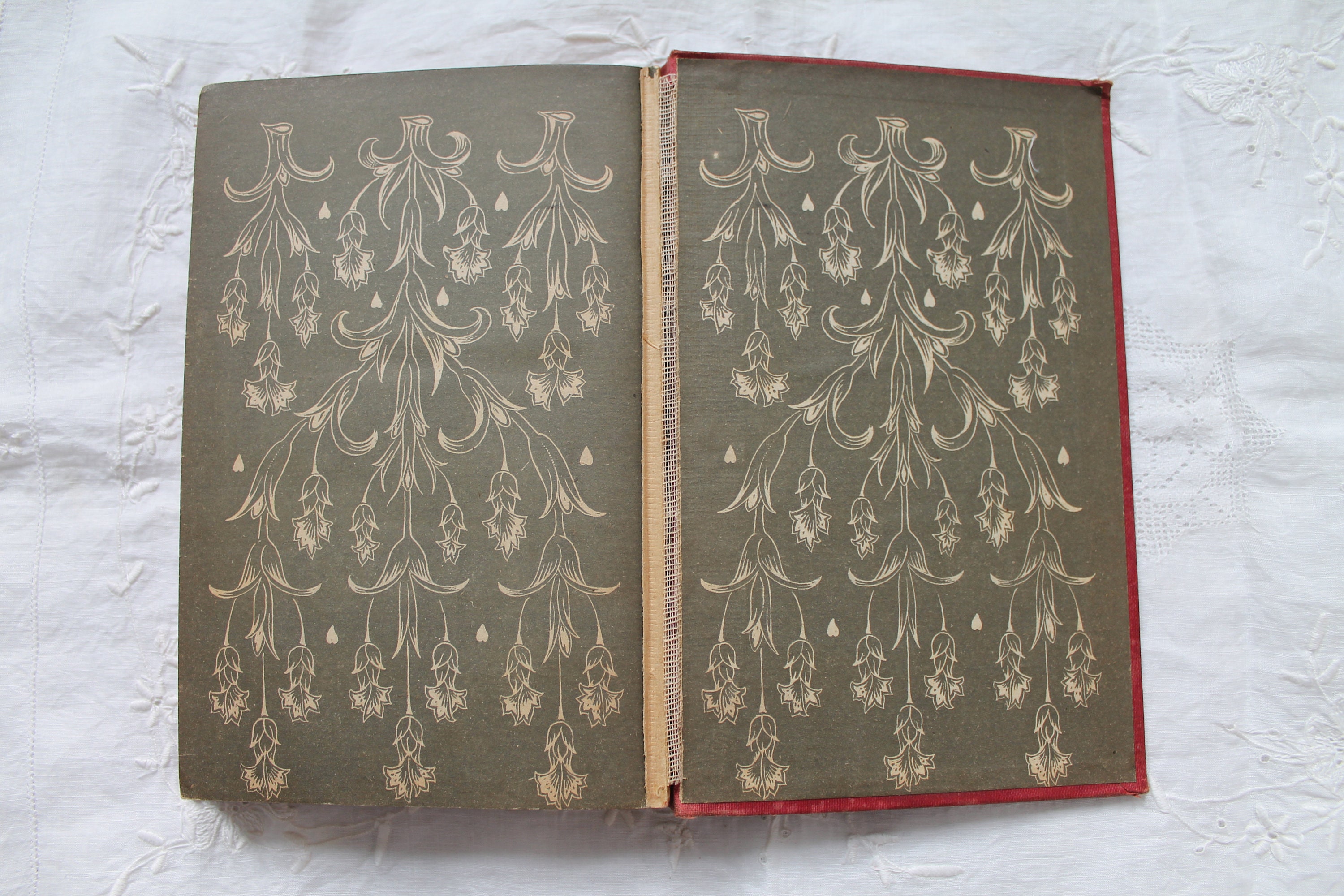


Although middle class women continued to work alongside their husbands in the fields and operate taverns and other businesses well into the eighteenth century, all classes of women were increasingly relegated to the private sphere while their husbands increasingly dominated the public world.įictiliuvaforu in quibus cibucoquunt (The Beauty of the Earthenware Vessels in Which They Cook Food) By the mid-seventeenth century, the colony’s lawmakers began to codify two distinct roles for Virginia women: the so-called good wife, typically free and white, who performed domestic work in her home and raised her children and the agricultural laborer, typically enslaved and Black. However, a society with less emphasis on gender roles gradually ceded to the traditional patriarchal system, although women did hold some forms of informal power. Colonists envisioned a stable society based on the patriarchal system they had known in England, but the uneven sex ratio, the scattered nature of settlement, and the high mortality rate and frequent remarriages made the transfer of such ideas difficult. Planters’ wives, indentured servants, and enslaved women labored in the tobacco fields alongside one another, while an unmarried woman with land could engage in business the same way a man might.

In the colony’s early years, survival, not tradition, influenced the roles of men and women, whether white or Black, free or enslaved. The experiences of these women differed widely depending on their ethnicity, their status, and the gender roles as defined by their culture. The record of women in colonial Virginia begins with Native Americans and gradually includes European and African women.


 0 kommentar(er)
0 kommentar(er)
